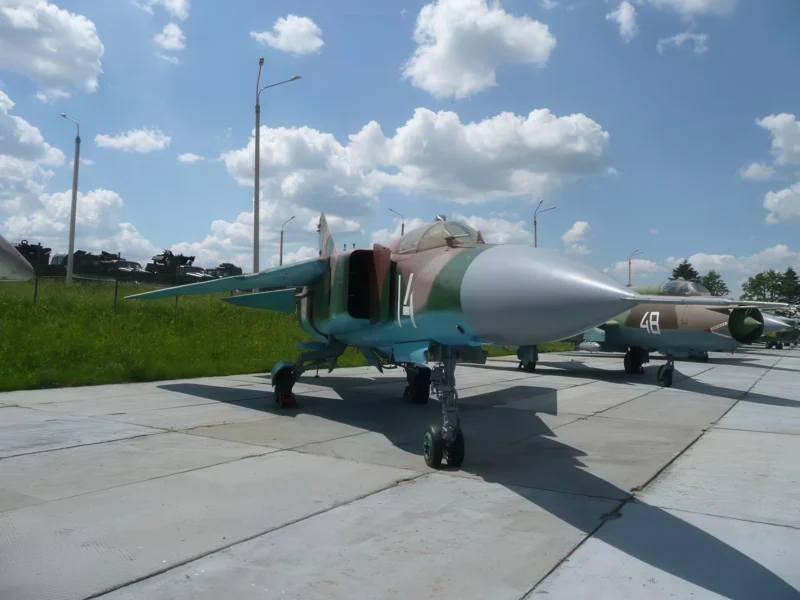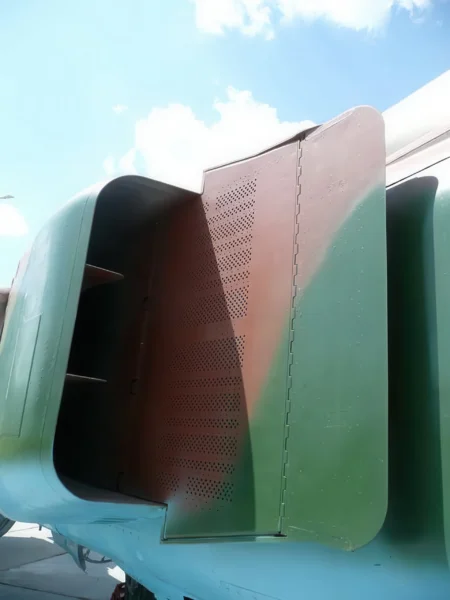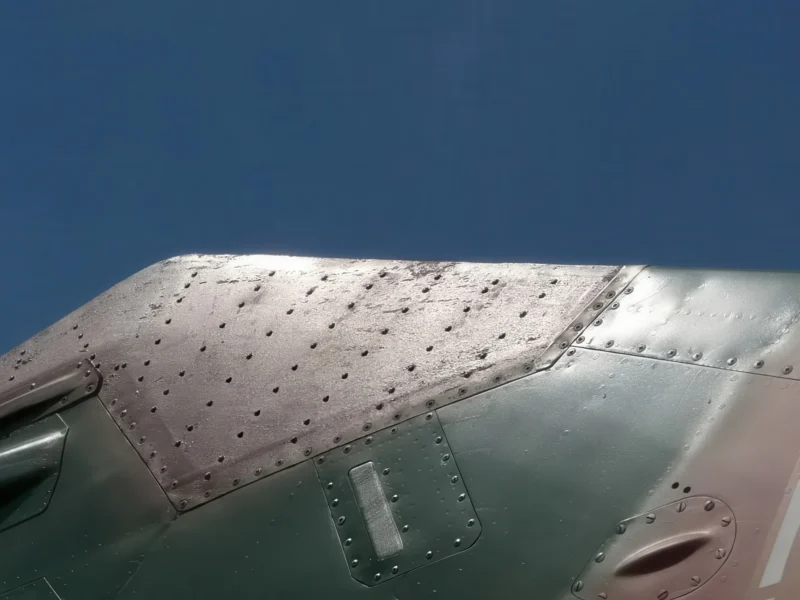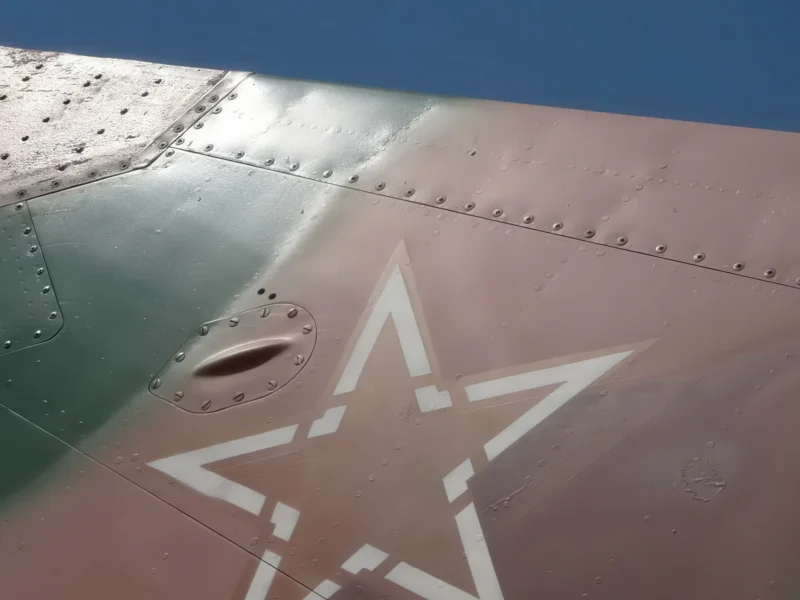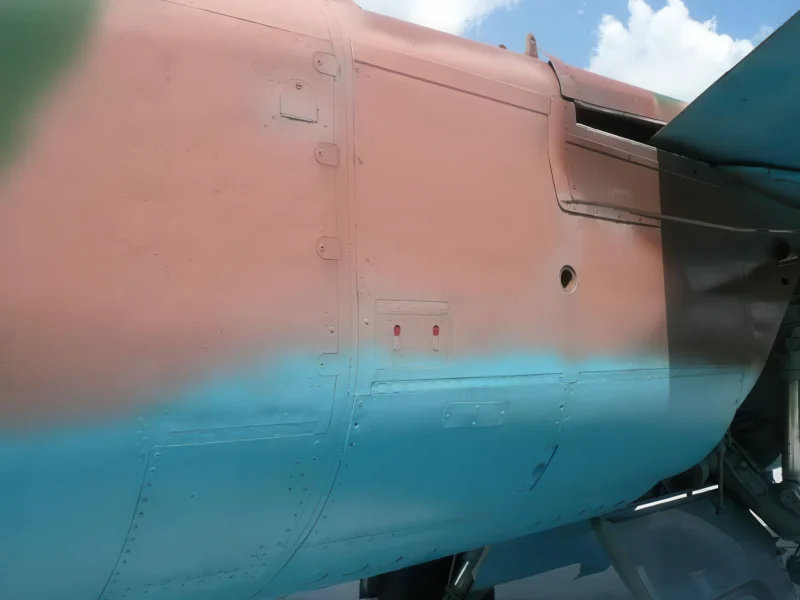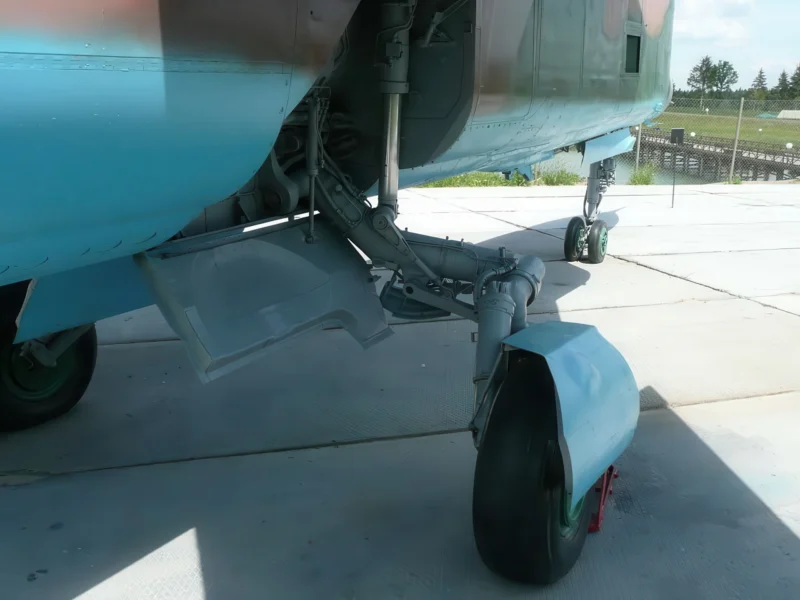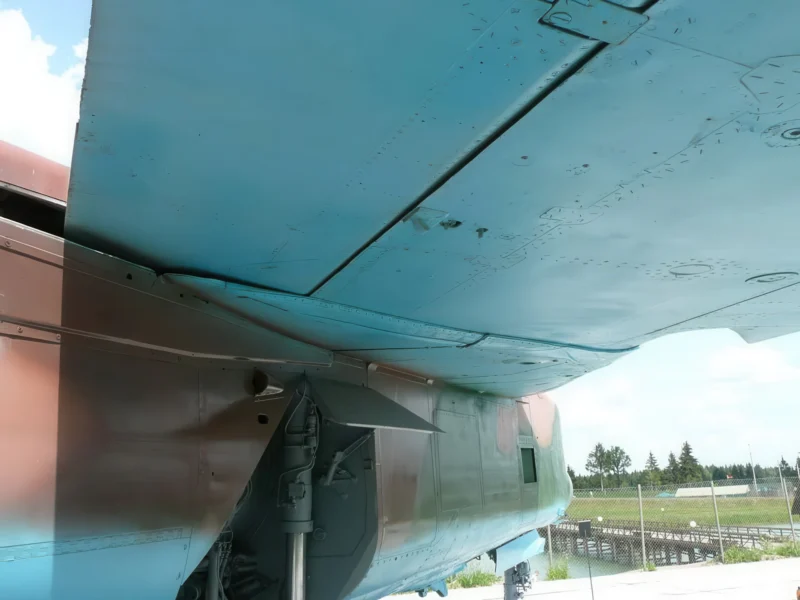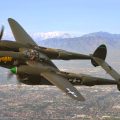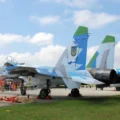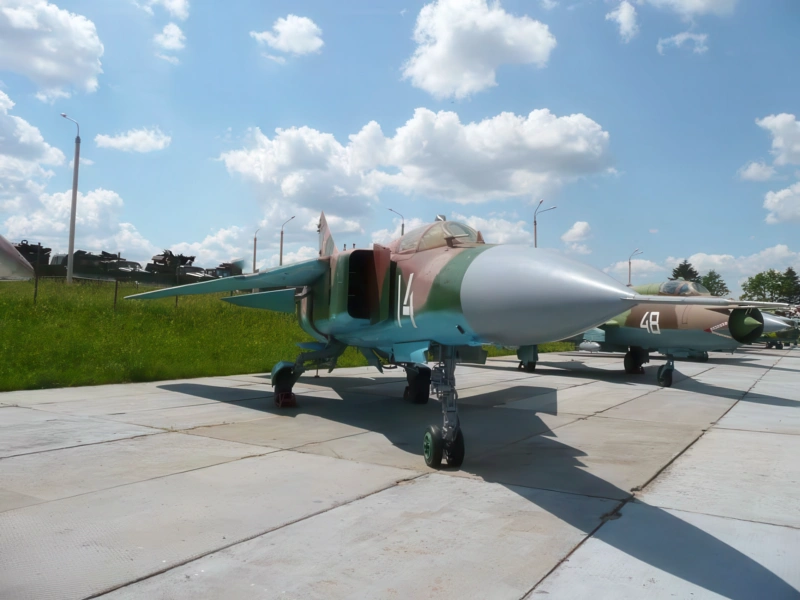
MiG-23MLD | |
|---|---|
| Land | URSS |
| Rolle | Interceptor/jagerfly |
| Første flytur | 10. juni 1967 |
| Bygget | 5047 |
Mikojan-Gurevitsj MiG-23 (Flogger) er et jagerfly med variabel geometri, designet av Mikoyan-Gurevich designbyrå i Sovjetunionen.
Kilde: MiG-23MLD på Wikipedia
| MiG-23MLD | |
|---|---|
| Fotograf | Unknow |
| Lokalisering | Unknow |
| Bilder | 149 |
| Mig-23 Tygr gå rundt | |
|---|---|
| Fotograf | Unknow |
| Lokalisering | Unknow |
| Bilder | 75 |
| MiG-23S Flogger B går rundt | |
|---|---|
| Fotograf | Dmitri Sribnyi |
| Lokalisering | Unknow |
| Bilder | 150 |
| MiG-23 MF gå rundt | |
|---|---|
| Fotograf | Unknow |
| Lokalisering | Unknow |
| Bilder | 48 |
| Mikoyan MiG-23BN Flogger-H Walk Around | |
|---|---|
| Fotograf | Burhand Donke |
| Lokalisering | Unknow |
| Bilder | 91 |
Les også:
Den Mikojan-Gurevitsj MiG-23 (NATO reporting name: “Flogger”) is a Soviet-designed, supersonic, variable-geometry (swing-wing) fighter aircraft. Developed in the 1960s and entering service around 1970, it was intended as a successor to the MiG-21, offering improvements in range, speed, and radar capability. It was the most produced variable-sweep wing aircraft in history, with over 5,000 units built.
Key Design Features
- Swing-Wing Design: The aircraft’s defining characteristic is its ability to change the sweep of its wings in flight. This allows for optimal performance across a wide speed range: swept forward (e.g., 16 degrees) for better takeoff/landing and low-speed handling, and fully swept back (e.g., 72 degrees) for high-speed, low-drag supersonic flight (up to Mach 2.35).
- Motor: It is powered by a single, powerful Tumansky afterburning turbojet engine, such as the R-29-300 in later variants, giving it high thrust and rapid acceleration.
- Avionics: The MiG-23 was the first Soviet fighter to feature a true look-down/shoot-down radar (the Sapfir-23) and was among the first to be armed with Beyond-Visual-Range (BVR) missiles, marking it as a “third-generation” jet fighter.
Role and Armament
The MiG-23 was primarily designed as a fighter-interceptor, capable of engaging adversary aircraft at extended ranges. Its versatile design also led to specialized fighter-bomber variants.
Typical Armament
- Internal Cannon: One 23 mm twin-barrel Gryazev-Shipunov GSh-23L cannon.
- Air-to-Air Missiles: It could carry a mix of medium-range radar-guided missiles like the R-23/R-24 (AA-7 “Apex”) and shorter-range infrared-homing missiles like the R-60 (AA-8 “Aphid”).
- Ground Attack: Various models were capable of carrying bombs, rocket pods, and radio-guided air-to-surface missiles like the Kh-23.
Legat
Despite being a complex aircraft to maintain and fly, especially in earlier models, the MiG-23 was widely exported to Soviet allies and saw extensive service and combat in air forces across the Middle East, Africa, and the Warsaw Pact. Its most advanced fighter variant was the MiG-23MLD (Flogger-K), which incorporated aerodynamic and avionics upgrades.
Views : 8362
